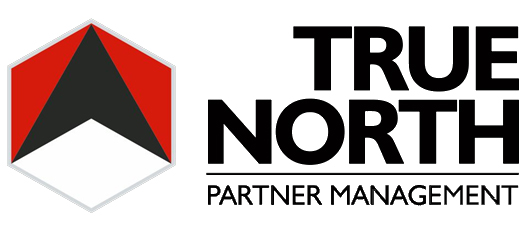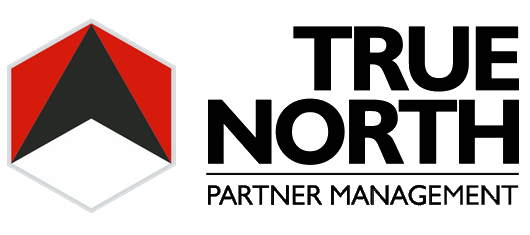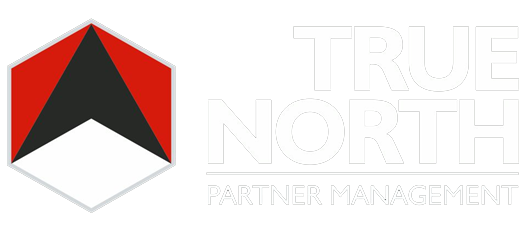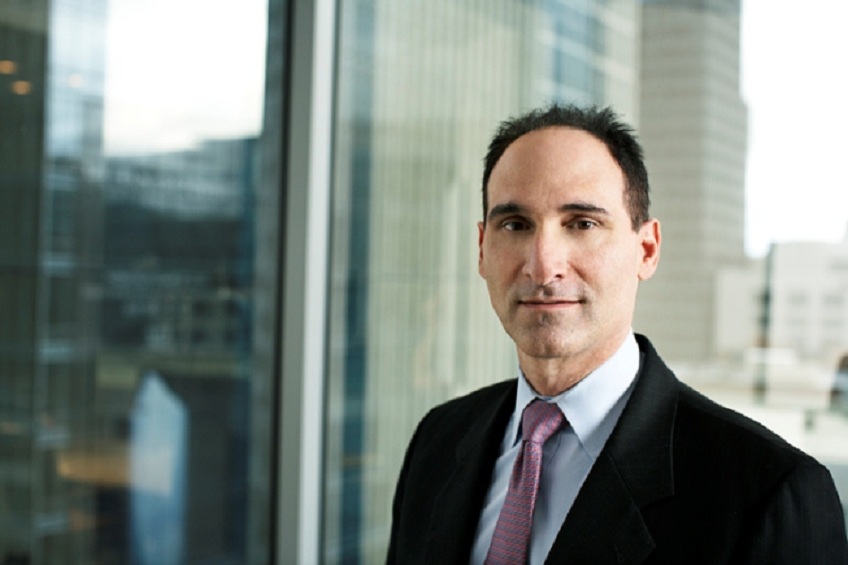The following post originally appeared on Forbes | March 24, 2015
Does wisdom come with age? History has proven this a difficult question to answer. The young say no; the old say yes; who’s right? In the 1970’s geriatric neuropsychologist Vivian Clayton constructed a definition of the term based on an analysis of characteristics of “wisdom” given by law students, law professors, and retired judges: Wisdom is the combination of cognition, compassion, and reflection. And while others have since expanded on this, her constuct remains the most influential in the field of wisdom research.
Cognition requires knowledge. Compassion requires empathy. Reflection requires experience, and experience requires age. Because wisdom is heavily dependent upon the volume of one’s knowledge and their ability to shape lessons from that knowledge to meet the unique attributes of a situation, it emerges in varying levels. And as 1/3 of the equation, age must play an important role in maximizing one’s wisdom.
Today I speak with Jim Rishwain, chair of Pillsbury Winthrop Shaw Pittman LLP. Tracing their roots back to 1868, this is a firm that actively mixes empathy and knowledge with their 145+ years of experience to create their own brand of wisdom. See our exchange below:
On BigLaw’s Transformation Over The Last Decade
Parnell: If we could start at the beginning, just talking about the industry in general. Obviously there have been some massive changes, but from your viewpoint, what are the most salient ones?
Rishwain: We are a client-focused, client-informed firm. We are a firm that is over 145 years old and we have enjoyed long-standing relationships with a great cadre of clients. Our challenge is, how do we, with our enviable client base, maximize those relationships in a most competitive landscape?
I have reflected on the patterns over many years related to the interplay between the client and the attorney, and how clients choose legal counsel. The relationship was, at one point, the primary factor. Over time, we moved from this more singular focus on the relationship to a dual focus; namely, the relationship coupled with strong credible capabilities in the subject matter at issue. Presently, we are moving even further, from the dual focus to a tri-focal view where three factors are largely in play.
First is the relationship. Second, the capabilities. Third, a strong resume of relevant experience related to the matter at hand, whether that matter is transactional, adversarial, or regulatory.
On Pillsbury’s Global Operations Center
Parnell: Can you talk to me about streamlining your firm’s back office?
Rishwain: We have established a global operation center in Nashville. One might assume we did so simply because we wanted to save money. But for us it was a lot more meaningful than that; much more purposeful than that.
We want our clients to experience us as a fully integrated firm. As we grow, we want to be seen as a one-firm entity moving forward with our clients. We do not want to have a situation where our clients see us as a series of factions or isolated offices opened up in the United States and around the world. We strive to be a fully integrated firm across our offices and our practices.
Our global operations center provides a place for collaboration and for consistency in our client service and approach, sustainable as we grow and add more offices. This strategy fits our commitment to the integration of our people, our practices, and our offices within a fully integrated platform.
On Defining Client Service
Parnell: Client service is a well-worn adage. Can you talk to me about client service? Or alternative fee arrangements? How does Pillsbury frame these up?
Rishwain: I believe that over the past years, the definition of client service has changed. For us, we have two great assets: Our talented attorneys and our enviable client relationships. My point here is that it is not so much what you say about the type of client services you are delivering, but more about the definition of client service. That is evolving. Understanding what the definition of client service is in the new economy is critically important. We challenge ourselves about that all the time.
Additionally, superior client service involves a mutually beneficial economic relationship that properly incentivizes the client and the firm. With that in mind, we are a firm that looks to promote alternative fee arrangements as a basis to create a stronger client relationship.
To meet the changing market reality, we have developed a “superior client service plan” and have taken several steps. First, we spent a lot of time with our clients to learn about their needs. Second, we advise our attorneys and our marketing department that, for every pitch and proposal that we make, we must start the conversation with an alternative fee arrangement as a basis for that engagement. We must first explore how we can create a different dynamic that will work for the client and work for the firm.
On Empathy Within The Firm
Parnell: We hear, often, about new technology that is entering the legal market, shaking things up. That being said, what are some of the softer components, in your mind, that are becoming more salient?
Rishwain: Technology is important, critically important. But, taking nothing away from technology, I would add that, in order to make a difference, one must also bring empathy to the table. Putting ourselves in the shoes of our clients is essential. To that end, I asked our partners to read two books and to center their activities on the practices commended in these books.
The last book I had our partners read is Give and Take by Adam Grant. It puts people in the categories of givers, takers, and matchers. I’ve tried to get people to show that being a giver, coupled with emotional intelligence, can lead to greater success than being a taker or a matcher.
A few years ago I also had my partners read A Whole New Mind by Daniel Pink. This book recognizes the power of technology and data–the left side of the brain–but also further recognizes that, for true success, elements of the right side of the brain are important.
On Their Strategy At 10,000 ft.
Parnell: Let’s talk about your strategy at a 10,000 foot view. Do you see yourself merging in the future? 10 years from now, where are you going to be, ideally, and how are you going to get there?
Rishwain: I have a clear vision about our path and our growth strategy. We, as a firm, have a sector focus. Within that sector focus, we strive to be market-leading. Our sector is informed by three components; our client’s needs for legal work; our own capabilities; and the drivers of the global economy.
We want to intensify our sector focus in energy; in financial services, with a heavy emphasis on financial institutions; in technology, with an emphasis on intellectual property, global sourcing, and emerging growth; and in real estate, with an emphasis on the intersection of real estate and capital markets.
In the United States we are purposefully in four regions: the Mid-Atlantic, New York, Texas, and California. We look to build strength on strength, intensifying our sector focus within our markets. Our firm also enjoys a strong international reach. Around one-third of our revenues derive directly or indirectly outside the United States. We are looking to further expand our footprint to enhance our international reach in a way that meets our client’s needs, and our own potential, while doing so in a fully integrated platform.
On Integration Within The Firm
Parnell: You talked about integration within the firm, earlier. Are there other things in particular that you guys are doing for integration? Formalized programs? Economic incentives?
Rishwain: Nearly every step we take is based on the fact that we have a single-firm approach and desire to drive success for our clients through a fully integrated platform.
Some examples include weekly visits to each office, a no-headquarters mentality, and both a dedicated director of partner hiring and integration as well as an executive partner for integration. We have teams around our clients on a multi-office, multidisciplinary basis as we do around thought leadership on a multi-office, multidisciplinary basis
Let’s talk about integrating new partners joining us laterally into our firm. We believe that integration has to be around clients. When we have partners join us, we build an integration plan defining a mutual path of success. We look to have the individual feel empowered to lead teams around his or her own client, and at the same time, we ask each person to join existing teams and help us do more with our client relationships. In essence, they lead teams and they join teams centered on clients and thought leadership as they integrate into our firm.
We look to engage new partners in leadership positions, whether they’re joining us laterally or becoming partner from within. We strive to have diverse leadership perspectives, and one type of diversity involves the new and different approaches that those who are relatively new to the partnership provide.
On The Pillsbury Culture
Parnell: Let’s talk about your culture. Talk to me about the primary values that underline it. A 145+ year old firm; this is mature. There have to be some table stakes that have driven the firm to be around this long. What are they?
Rishwain: I’m almost hesitant to say this because I’m sure every firm says it, but our culture is truly one of collaboration. It’s truly one of transparency. We are transparent across all fronts. Communication is huge. I’m always exploring new ways of communicating and creating two-way dialogue.
For example, I have my own blog. Every Monday, I blog internally with our partners. Most Tuesdays, I do so with our associates and staff. Every Thursday, I communicate with our practice section leaders and department chairs, and every Friday with our board. I’ve been doing this for nine years!
I also travel to a different office every week. Every Wednesday of every week, whatever office I’m in, I hold a roundtable lunch with the partners that allows for two-way dialogue about what’s happening at the firm. I also do office tours, periodically, to address specific topics, whether it’s our strategy, our international reach, or whatever it might be.
On Law Firm Finances
Parnell: Law firm finances, if you could talk to me about those? I know this is a broad topic. But, things like financial hygiene, in particular, can be a challenge, and can really send a firm into a tail spin if they aren’t handled appropriately. Can you talk to me about that?
Rishwain: At least since I’ve been chair of the firm, we have worked really hard to create a situation where our balance sheet is an asset of the firm. We have improved our balance sheet remarkably during very difficult economic times. It gets stellar reviews, whether it is looked at by a group of banks, by people who have joined us laterally, or whoever the audience is.
In 2014 we grew revenues and we increased our profitability even as we made a lot of investments, including new office openings in Austin and Beijing. Partners who look at our income statement and balance sheet feel very positive about our firm. It’s a selling point for Pillsbury.
On Pillsbury’s Promotional Model For Associates
Parnell: Can you talk to me about your promotional model for associates? This facet of a firm’s makeup is telling about the firm’s eye on the future. Certainly, talent development is changing dramatically in today’s market. How are you fostering their growth?
Rishwain: We want our lawyers to be as exceptional at the practice of law as they are at anticipating client needs. I believe in empowering our younger generations. To that end, we foster programs for our associates with three objectives: To engage them with our clients, to inspire our associates to help us build our firm, and to working with them to enhance their own profiles, and by so doing, enhance the firm profile
Pillsbury has a sophisticated talent development program, with a talent development partner designated in each section. From day one, associates have access to training programs that will progress in sophistication as they develop their practices. Throughout their careers, strong emphasis is placed on training to build their legal skills, client relationships, develop business, and enhance their profiles.
Creating an effective, sustainable mentoring program has been a long-time challenge for many law firms, but we have had success by encouraging our talent development partners to customize mentoring systems for each practice section instead of relying on a one-system-must-fit-all-practices template.
Every associate has a mentor in his or her practice section. We also provide the opportunity for associates who are working on cross-office matters to visit that other office and work side-by-side with the partners and other attorneys based there. Associates also have access to six internal career coaches who are available to work with them on their internal and external business plans and profiles.
On The Evolution Of The Leverage Pyramid
Parnell: Looking out 10 years from now, how do you see the shape of the leverage pyramid in law firms shifting?
Rishwain: I expect that law firms will continue to change the shape of their leverage model. The leverage model of the future must be informed by our clients. Leverage remains important, but how important depends on clients’ needs and objectives.
Clients are signaling that they want their law firms to rely more on artificial intelligence, big data, technology, and on alternative means such as staff attorneys, non-attorney timekeepers, and even third-party providers to better match skill sets and costs with the client needs.
Maintaining quality with the absolute best talent will be critical and it’s essential to do so in a fully integrated platform. That is one big reason why we chose to establish the global operations center in Nashville. We are attracting very bright and talented attorneys to handle more routine work, fully and directly supervised. We are offering those services at lower rates without sacrificing quality. And we are also placing greater reliance on staff positions such as IP patent agents.
So these shifts are changing the leverage model. I expect to see firms continuing to adjust the mixture between partners, associates, and staff to better match client needs.



